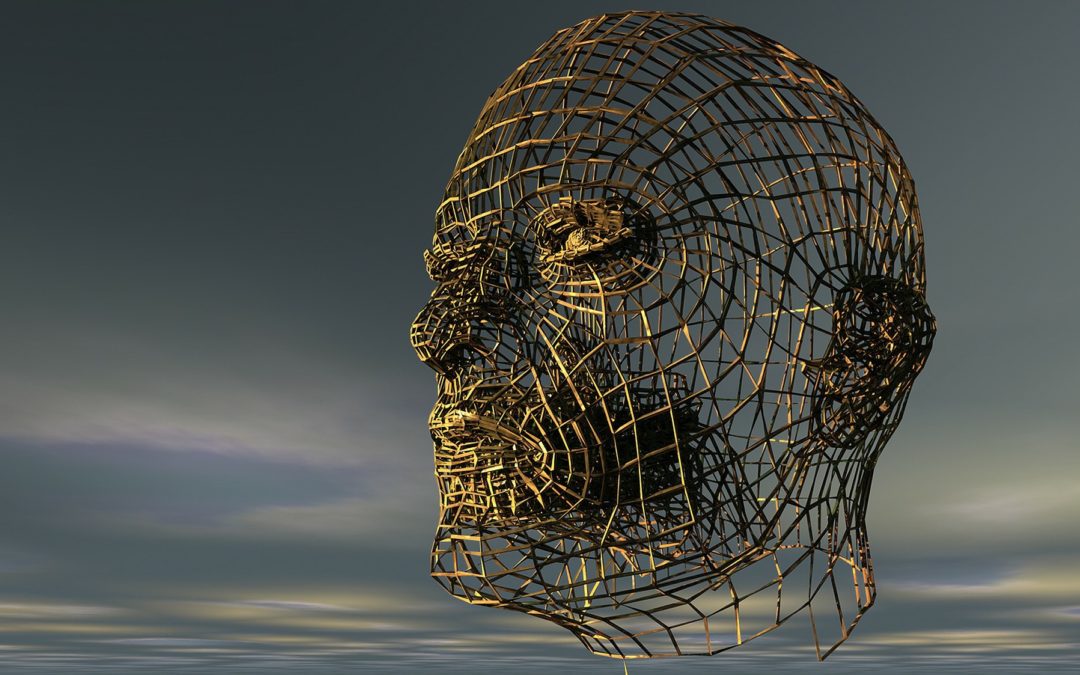The Fascial Manipulation Method is a cycle of articles dedicated to the understanding of themost common dysfunctions we meet during our clinical practice, specifically theirmanifestation and treatment with Fascial Manipulation. FM specialists report clinical cases,accurately describing their symptomatology, the chosen work plan and the resultsobtained, thanks to the treatment. For privacy reasons, the names of the patients have been changed.
Clinician: Tagliavini Enrico Thomas
A 26-year-old female patient presented to the clinic reporting posterior neck pain persisting for approximately eight years, which had worsened over the past four years following a whiplash injury caused by a rear-end collision.
The patient, a physiotherapist and recreational runner, described the pain as recurring, particularly after long workdays or prolonged seated positions. The movement that exacerbates the pain is neck and shoulder extension. Additionally, she reported posterior thoracic pain persisting for about one year, less intense but more continuous, which worsens with deep breathing and improves with stretching.
Motor Verification:
Given that the pain primarily occurs after maintaining prolonged positions, it was hypothesized to be related to the trunk. During the motor verification, the neck and thoracic regions were examined. Neck extension and lateral flexion, the latter causing milder discomfort, elicited symptoms. At the thoracic level, extension, lateral flexion, and rotation movements provoked pain, with extension being the most painful.
Palpatory Verification:
The palpatory verification included the CP3, CL, and TH segments. A 180° examination revealed that in the CP3 segment, the RE points (right and left) were slightly densified but not painful, as was the RE-ME on the right. In the CL segment, the LA on the left, bilateral ER, and RE on the left elicited mild discomfort, while the RE on the right triggered the typical pain described by the patient. In the TH segment, the mapping was similar to the previous segment, except for the RE points, with the left point being more painful than the right.
Treatment:
Since the sagittal plane appeared to be the most affected, treatment began with the RE point in the right CL segment, which irradiated and caused the maximum pain. Following the treatment, the patient reported irradiation toward the ipsilateral forehead. Due to the rigidity of this point, CP3 and CP2 points were also palpated. The second point (CP2) was found to be active and painful, corresponding to the previously reported irradiation. After treating the CP2 point, the RE point in the CL segment became less painful and more manageable, with the irradiation resolving completely.
Following this phase of treatment, the patient reported a sensation of lightness in the neck, but the pinpoint thoracic pain persisted. Attention then shifted to the RE point in the TH segment, which was more painful and granular. During treatment of this point, the patient noted mild irradiation toward the anterior left thorax. After addressing this point, the patient was asked to assume a supine position to examine the AN TH SN point, which was painful but resolved almost immediately after manipulation.
Finally, the patient was asked to stand, and a reassessment of the initially painful movements revealed significant improvement. The movements were markedly less painful, and the patient also reported a sensation of “lightness” during breathing.

